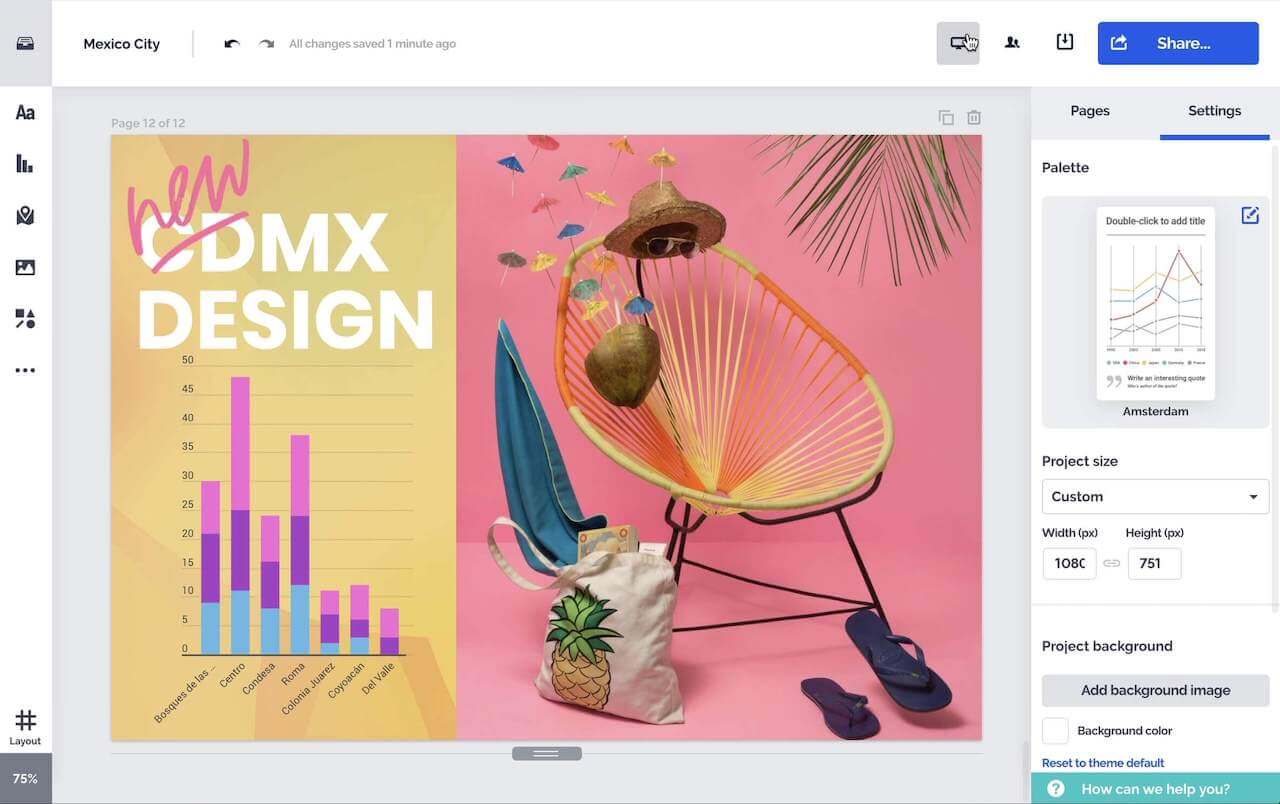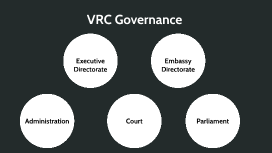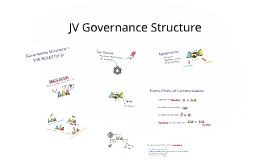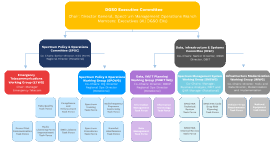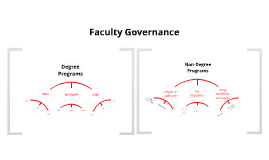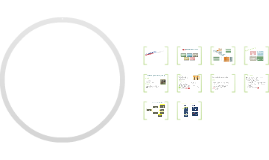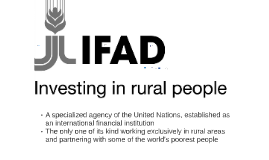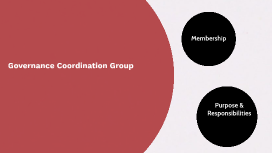Proposed Governance Structure
Transcript: Participatory Governance Structure Starting Fall 2022 Shared purpose & appointments from ASHC Administrators Staff Senate Makes Recommendations to the President What do we do as a College? How can we best serve our students? President seeks advice from & consults regularly How do we plan, manage, & report out from the governance system? Consultation Group (College leaders including unions) Executive Cabinet (senior leadership) How well do we do what we are doing & how do we improve? How do we resource what we are doing & plan to do? Governance Coordination Group Governance Coordination Group Governance Coordination Group Membership Approx. 4-12 members At least one tri-lead from each council who attends group meetings, submits and speaks to council reports, and reports back to other leads in his or her council As with each of the councils, support staff is assigned to this group Governance Coordination Group Purpose & Responsibilities SAMPLE RESPONSIBILITIES Conducts Spring retreat to choose strategic governance agenda for the next academic year Manages the strategic governance agenda Coordinates overall flow of agenda items within the governance system Tracks, summarizes, and communicates the actions of all councils Coordination of the routing of 10+1 issues Coordinates & provides oversight for the work of councils to remain focused on shared student-centered goals, to optimize efficiency, to avoid redundancies, and to ensure clear communication between the councils and to the College Purpose: Keeps the Governance System Organized & Focused on Strategic Governance Agenda College Council College Council Purpose: Reviews & Makes Recommendations to the President about Institutional Purpose, Policy, and Procedures SAMPLE RESPONSIBILITIES Review and revise the College’s Mission, Vision, and Values Review and make recommendations regarding board policy Review & make recommendations on administrative procedures Recommend institutional level plans that require ratification by the board Approves institutional level documents that ultimately must be ratified by the governing board otherwise presented to the board by the superintendent/president. Institutional Effectiveness Council Institutional Effectiveness Council Purpose: Assesses How Well the College Is Doing on Institutional Level Matters & Recommends How to Make Improvements SAMPLE RESPONSIBILITIES Discuss models and trends in higher education Establish institutional level goals and targets Review outcomes to gauge progress on institutional goals Establish and review processes for data-informed decision making & continuous improvement throughout the College Establishes and maintains focus on strategic and student centered goals within the context of continuous improvement and data-informed decision making Institutional Resources Council Institutional Resources Council Purpose: Leverages Resources to Maximize Student Success SAMPLE RESPONSIBILITIES Review and recommend institutional level grant opportunities, technology acquisition decisions, and facilities plans Review and recommend the overall set of PPA budget requests Review hiring protocol and employee on-boarding, recognition, and retention Ensure work flow efficiency to enhance organizational effectiveness Ensure equitable resources at all campuses and centers Prioritizes resources from various funding sources and invests in strategic and student centered goals Student Success Council Student Success Council Purpose: Focuses on Ensuring Student Success & Closing Student Equity Gaps SAMPLE RESPONSIBILITIES Reviews overall alignment between and among academic programs, meta-majors, student services, and grant-funded initiatives Reviews & recommends equitable access to student services across all campuses, centers, and hybrid/online offerings Reviews Institutional learning outcomes Gives voice to the student experience at Hartnell Coordinates and aligns collaborative work at the College to improve student success and equity A closer look at some final details DETAILS ABOUT THE FOUR COUNCILS The councils will be organized using the accreditation standards as a framework In order to promote equity in the governance system on all campuses, all council meetings will be structured to allow for remote participation and guests Each council will put forth agendas focused on action items, not presentations Each council creates and/or discontinues committees and task forces under its purview as appropriate Each council will use a consensus decision making model with built-in contingencies to vote if a consensus cannot be reached About Council Appointments APPOINTMENTS Administrator, faculty, and staff tri-leads for each council Each council will have approximately the same number of members from each of the employee constituent groups and be appointed from these groups: Administrators, Academic Senate, Staff Senate Student members and co-leads appointed from ASHC as appropriate 2-year term except for designated





